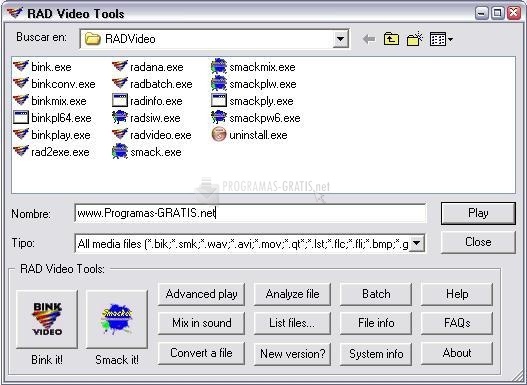
A properly positioned reflector lets you create a polished lighting look from a single source, whether it’s the sun, an incandescent bulb, or a Fresnel. Reflectors and bounce cards will help you light right while you run and gun. Because you will be wearing them for the duration of your shoot, choose a pair that not only sounds good, but fits comfortably.Ĥ) Reflector/Bounce Card.

They may look cool hanging around your neck, but they aren’t effective unless they are actually on your ears. What’s the biggest trick to getting great results from headphones? You have to plug them in and put them on. Invest in a pair of good quality over-the-ear headphones that block outside noise and let you clearly hear what your mic is recording. If you are shooting with a DSLR, you should carry an external audio recorder like the Tascam DR-07mkII, or the Zoom H4N.ģ) Headphones.

The most commonly used and versatile are handheld “stick” mics and clip-on lavalieres. Microphones come in many shapes and sizes to do a variety of jobs.

The best way to record clean, clear audio is to get your mic close to the subject. While your camcorder’s built-in microphone typically has a decent quality omni-directional pickup element, its fixed position on the front of your camera keeps you from getting great sound unless you press your lens right up against your subject. This typically means the tripod has a true fluid pan/tilt head, pan handles and adjustable drags.Ģ) External Microphone(s). Make sure yours is designed for shooting video, not still photos. Remember, all tripods are not created equal.
#Video tools 12pings professional
Shooting steady shots and making smooth camera moves are absolutely essential for professional production, and the best way is to work from a tripod. Here is a list to the top tools a serious shooter shouldn’t leave home without.ġ) Tripod. With a small collection of essential production tools you’ll be equipped to tackle every obstacle on any shoot. If your toolbox contains the right tools you’re good to go without them you won’t get far. 30-inch holes on paper in groupings decent enough to want to do a local DCM match with.Whether you’re putting together a porch swing or building a bookshelf, one of the first things you’ll find printed on the assembly instructions is a list of the tools needed for the job. On the first, we fired 96 rounds through two different GI M1s, a 1944-vintage Springfield and a 1954 International Harvester, with no problems, producing 12 “pings” and a bunch of ragged. The big bar of success with the ammo was that it A) worked in M1s with no issue and B) was a similar pressure curve to traditional mil-spec loads. Also, the primers are noncorrosive, a trick that some surplus rounds cannot always perform. The good news is that the new loads, besides not dating to the days of sock hops and 8-Tracks, do not attract a magnet like the old ones. No worries, they loaded up on surplus, post-war AEC and CMP-marked clips we already had without a problem. In comparing the S&B load with legacy milsurp, the grave news right off the bat is that they come in standard 20-cartridge commercial boxes, not in green spam cans already loaded on en bloc clips inside canvas bandoliers. While many loadings on the surplus market are corrosive (Norwegian) or attract a magnet (such as the Greek HXP shown here) which can draw frowns at some ranges, the S&B load, shown to the right, is neither. Given 100 rounds to T&E, we hit the range to see how they worked. What they do have in quantity is a loading they have worked with S&B to develop, a new man M2 FMJ doppelganger loaded to military spec. On a recent visit to the CMP’s operation in Anniston, where green ammo crates were once stacked 30 feet high in a warehouse that could hide a Wal-Mart, the organization now only has about 20,000 rounds of surplus ammo left on hand, and that figure is rapidly falling.

Back in 2005, the Civilian Marksmanship Program, a federally-chartered non-profit well-known for their M1 program, was able to wrangle 25 million rounds of 150-grain Greek-made Pyrkal HXP ammo manufactured in the 1970s and smaller quantities of AYR-marked Norwegian Garand food crated in the 1950s, both of which has proved popular in service rifle matches and target shooting for more than a decade. With U.S.-made military M2 ball largely unavailable, Greek and Norwegian surplus has been the go-to for the past decade, but stocks are now at all-time lows.Ī workaround for now-exhausted cans of military Lake City M2 has long been overseas stocks purchased on the surplus market from NATO allies such as Norway and Greece.


 0 kommentar(er)
0 kommentar(er)
